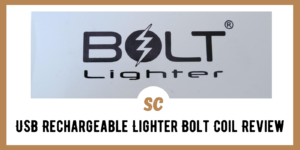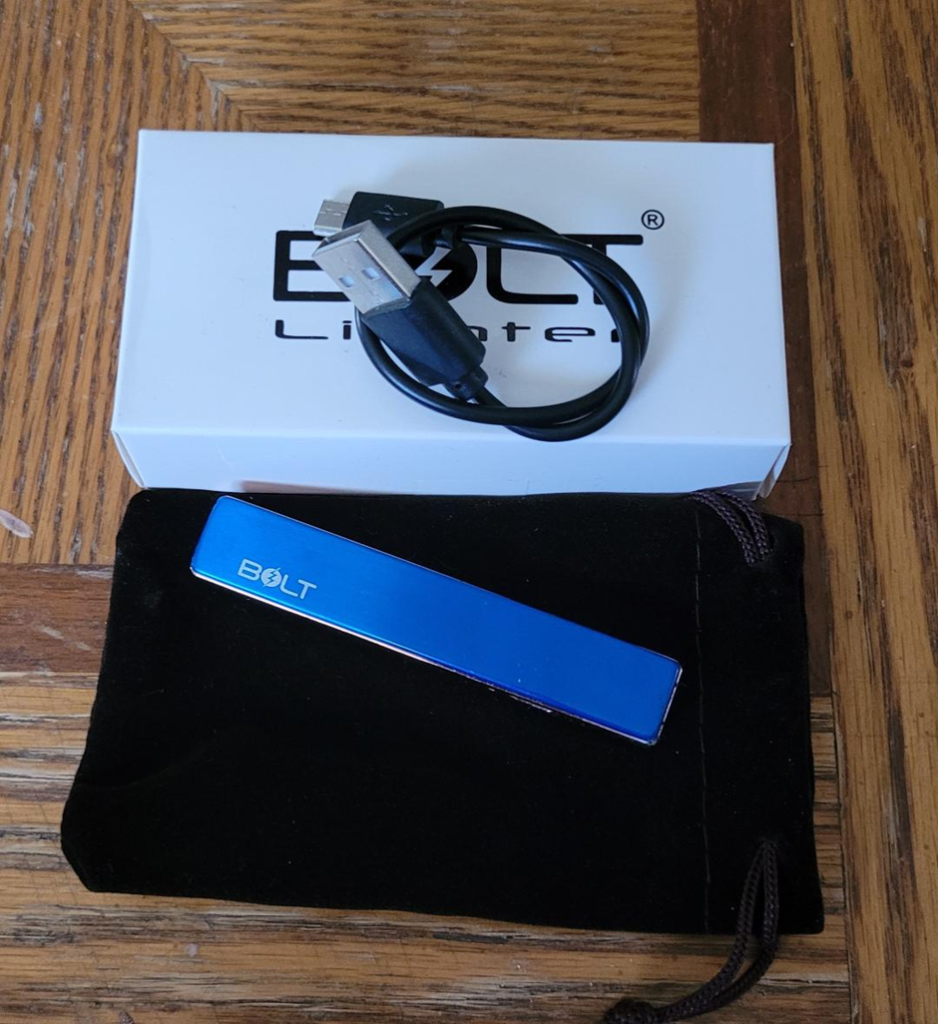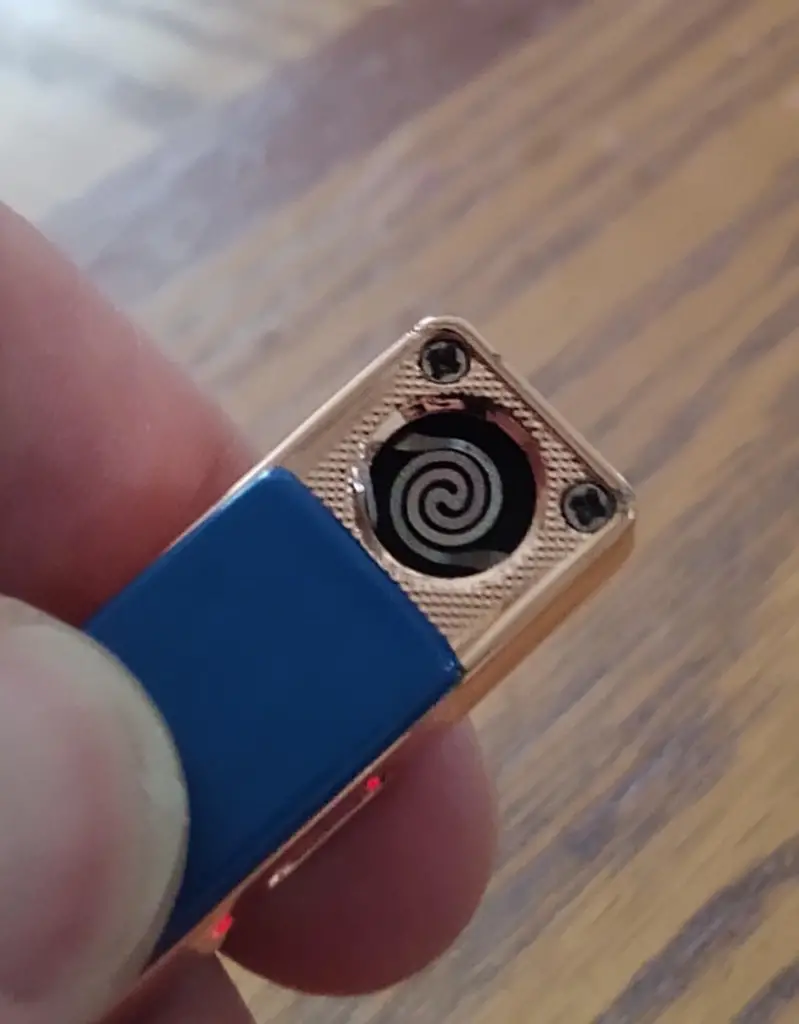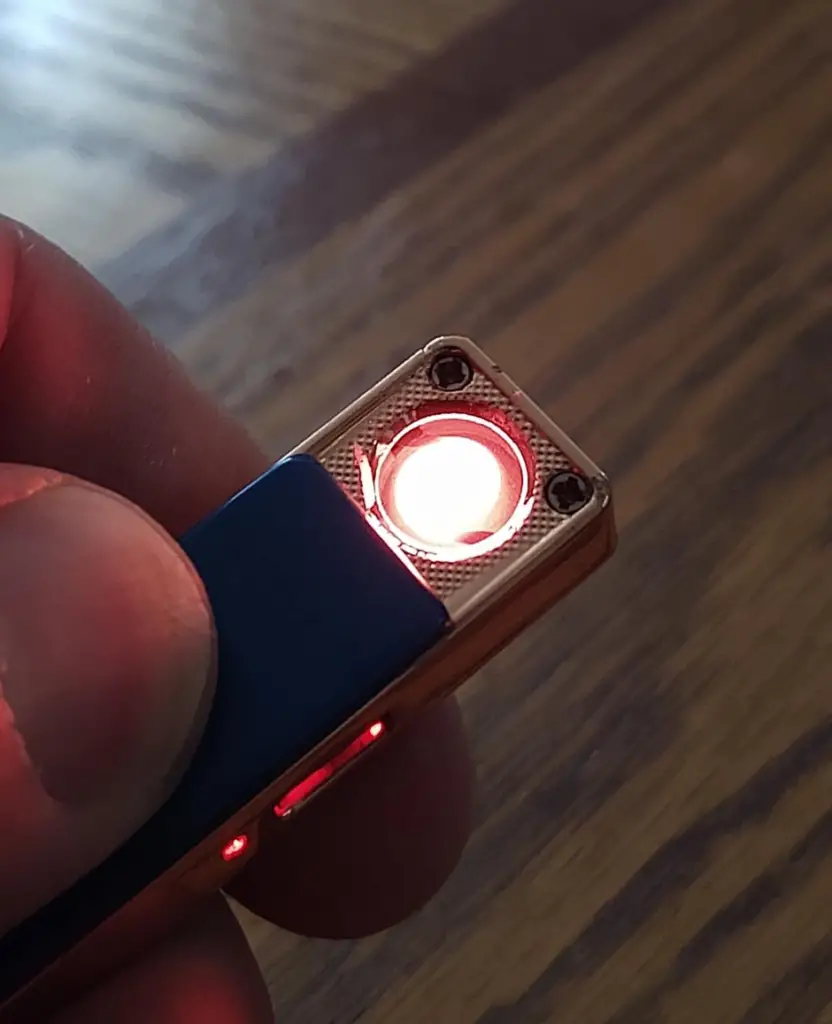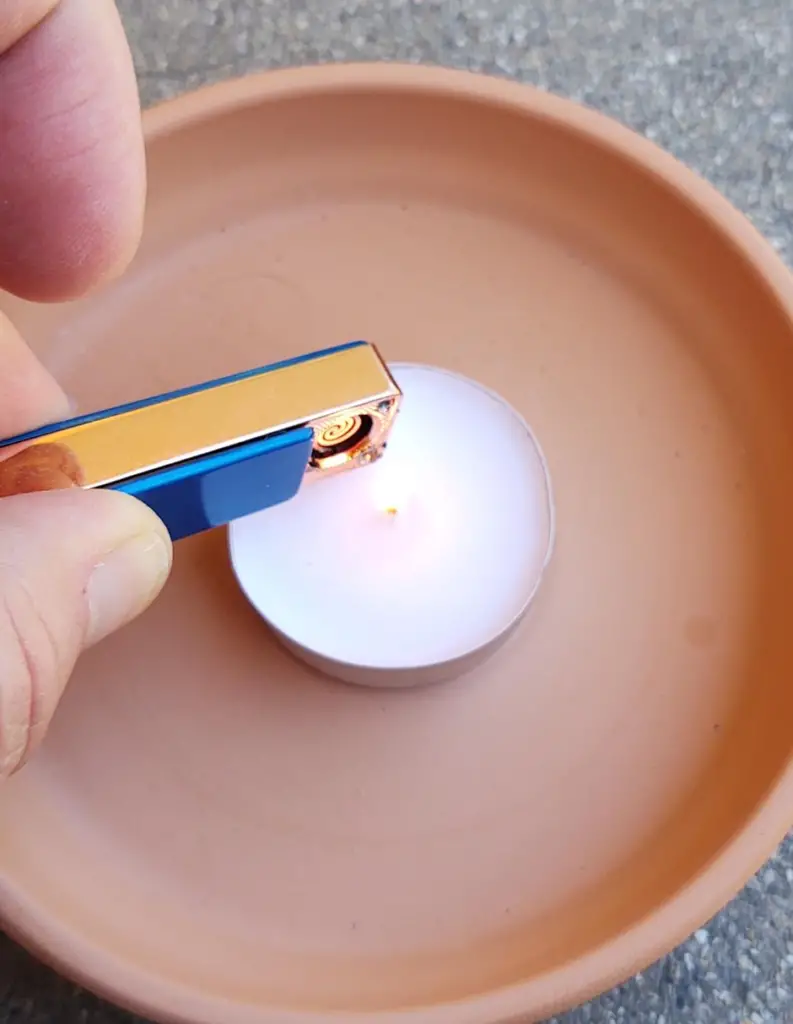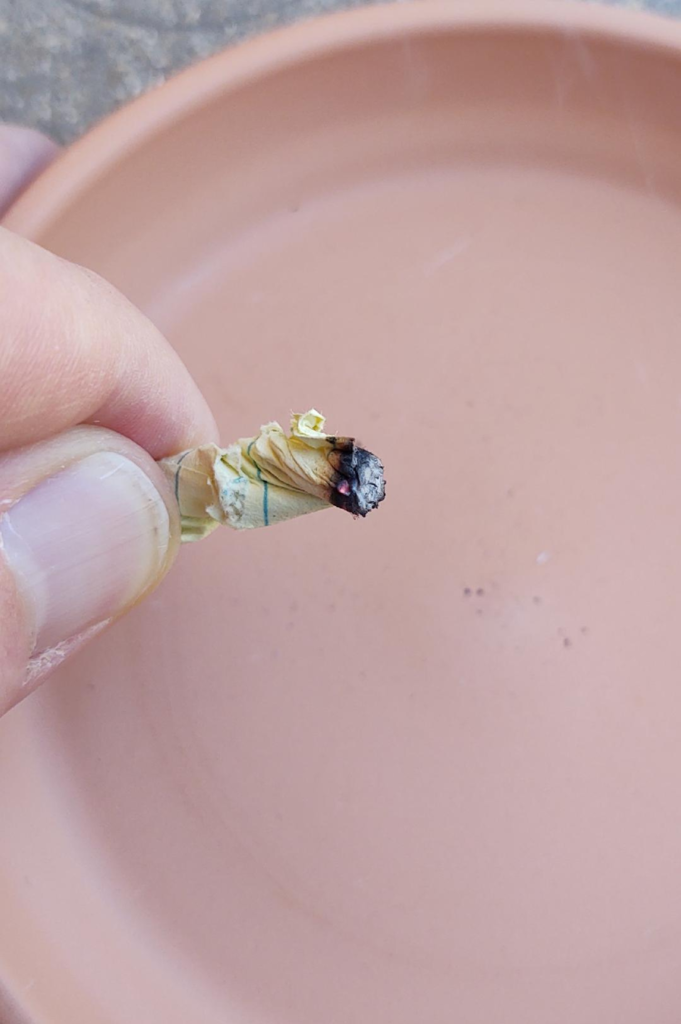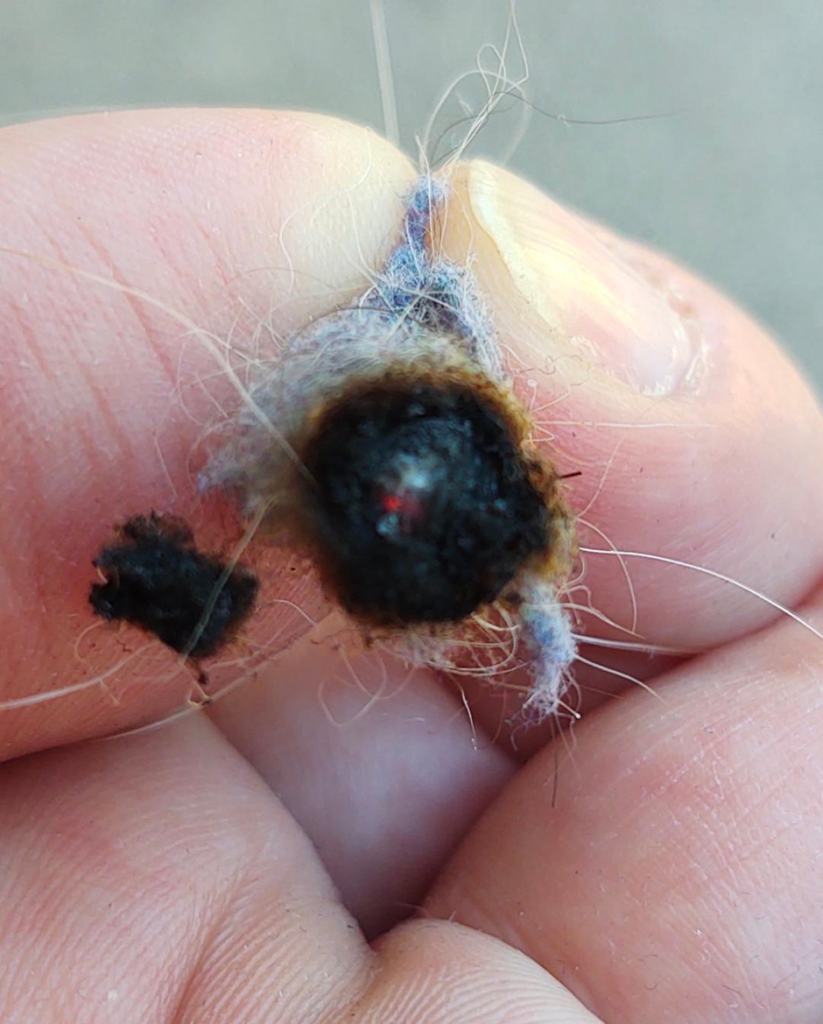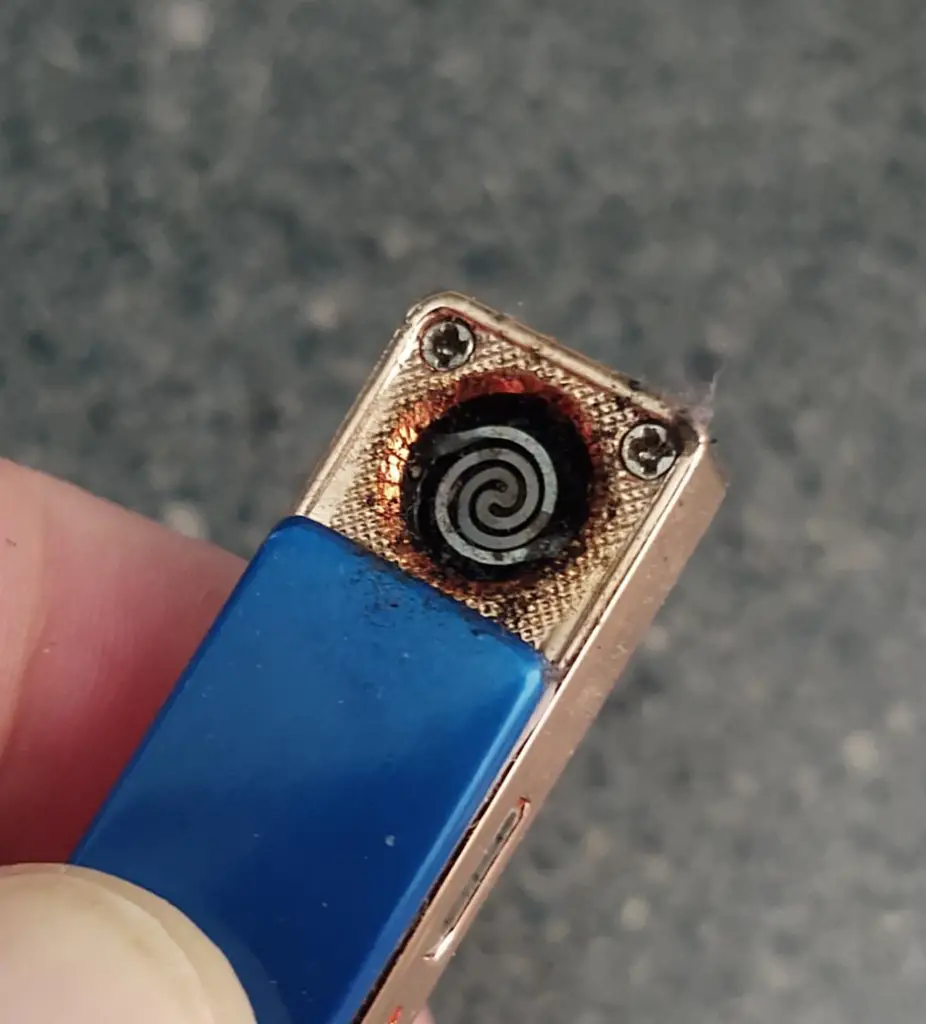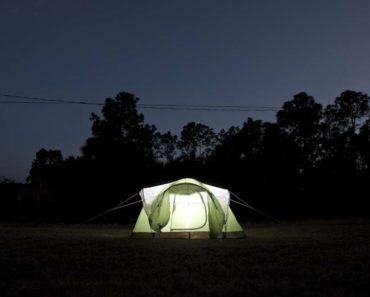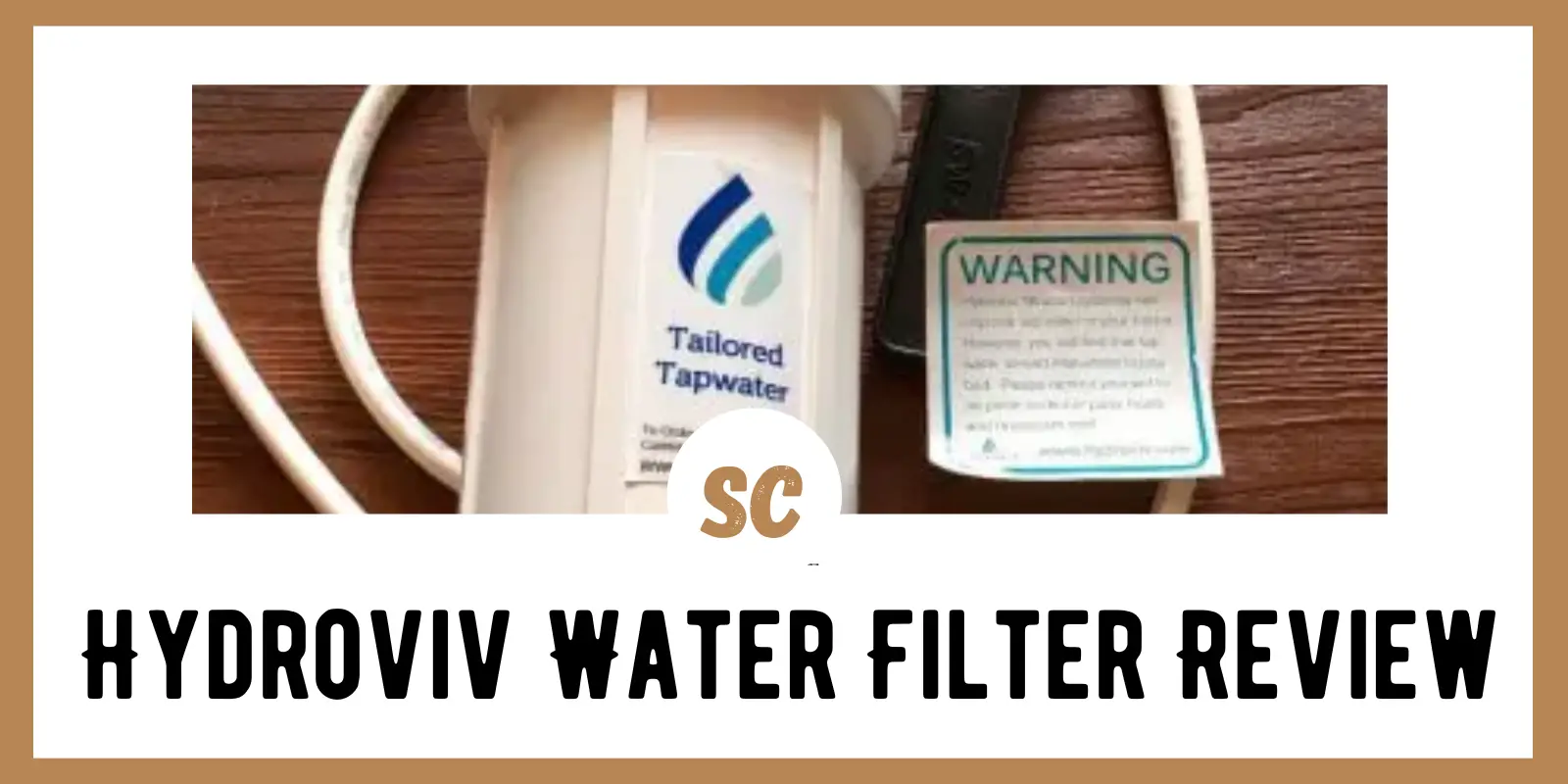Time for another article on one of my favorite topics: making fire and fire-making tools. Even though the electric lighter has been around for a long time, I didn’t really get into using them until the last couple of years. I guess I’m old school and like a traditional lighter with a flame, or at least something that produces a spark.
My first electric lighter that I started using was an electric arc lighter. While I thought this was the only alternative to traditional lighters, there is a different type of electric lighter available…a coil lighter. In this article, I will be reviewing the Bolt Coil Lighter. I’ll be discussing:
- What a coil lighter is and how it works
- The Bolt Coil Lighter and my experience with it
- Whether it works for survival or emergency situations
- Pros and Cons
- Frequently asked questions
- And my verdict
Let’s light this candle (as always, I apologize for my puns) by starting off with the what the Bolt Coil Lighter has to offer.
Specifications and Features
- Measures 3.25″ X0.5″ X 0.25″
- USB rechargeable, charging cable (no block) and carrying pouch included
- Sliding cover activates the heating coil
- Flameless lighter for lighting cigarettes only
- Windproof design
- Comes in four different colors, black, blue, gen metal, and rainbow
- Country of Origin
- Made in China
Hands On Review
First Impressions
It’s funny, because when I first got this product, I thought to myself that I had never used an electric lighter like this before, but that wasn’t true.
I’m going to be dating myself here, but back in the day vehicles used to have cigarette lighters, and they were coil lighters pretty much just like this one. Alright, let’s make a right turn off memory lane and get back to the task at hand.
The Bolt lighter comes in a nice little white box with a carrying pouch and a charging cable. When I picked it up, I liked the weight, and it felt solid in my hand. The entire exterior has a smooth metal finish, and mine is a royal blue color. Of course, if blue isn’t your thing, there are other color choices available.
Here’s what the coils looked like brand new:
new.
And here’s what the coils look like when the device is on.
How It Works
This product is a flameless lighter, which means it doesn’t produce a flame or spark. So, how does it work?
How it works and it’s operation are pretty straightforward:
The lighter is powered by an internal battery. To activate the lighter, the front cover is slid downward. This action sends power to the coils, which heat up and turn a glowing orange color. It’s like a miniature version of an electric stove. The front cover, which acts like the ON/OFF switch, also helps to protect the coils.
Like a lot of devices these days, this product is rechargeable. This means you don’t have to worry about carrying around extra batteries or lighter fluid. As long as you have your charging cable, you’re good to go.
To charge the battery, plug the USB charging cable into a power source (wall outlet, solar panel, portable charging pack) and the TYPE OF END into the port on the lighter.
A red LED display will appear on the side of the lighter while it’s charging and it will turn off when it is done. It’s recommended that once the red light goes off, you should promptly remove the device from the charging cable to avoid over-charging which can damage the lighter.
According to the directions, it takes about 1.5-2 hours for the lighter to reach a full charge, and the charge lasts for about a week or anywhere from 100-300 uses.
For me, it does take upwards of 2 hours to charge. I haven’t counted how many uses in between charging times as I don’t let it go dead before charging it, but I would count on about 100 uses before having to plug it back in.
Testing It Out
Before getting into the actual testing, I feel that I need to mention that this product is labeled as a cigarette lighter and should only be used as such. However, seeing that it gets hot enough to light a cigarette, I want to know how well it works at igniting other things and therefore could be used in an emergency situation.
But first here are some warnings from the company:
- Use away from face, body, clothing, metallic and flammable materials
- DO NOT puncture or use near open electric arc flame
- DO NOT expose to temperatures above 50 degrees C (122 degrees F)
- DO NOT place in direct sunlight for prolong periods of time
- Lighters are not toys, keep away from children
- Use only in well ventilated areas
- Ensure the electric arc flame is extinguished after use
What It Lights Well
Lighting Candles
When the power goes out or even on an outdoor adventure, people still like to use candles. I really didn’t think this would be good at lighting candles, but I was proved wrong!
If you use this to light a candle, I would suggest holding the candle sideways to get better access to the wick. But don’t hold it upside down because melted wax could drip down onto the coils.
Paper
Paper may be another common item that people have in their pockets, vehicles, or kits that can be used to make a fire. I took a small piece of paper, rolled it up tight and pressed it into the coil one time.
I was able to get a little smoldering ember that could be blown into life.
Dryer Lint
I like using dryer lint as fire tinder because it’s basically free and ignites extremely well. Out of all the materials I tested, I thought for sure this one would flame up quickly…but it didn’t. In fact, I couldn’t even get an ember out of it. I tried about fifteen times, but all the coil was doing was charring the lint.
I didn’t want to give up that easily on one of my favorite fire starters, so I tried a few different things that didn’t end up working. Until, that is, I realized that I kept moving the coil to a different spot on the lint each time I tried to light it.
Why not keep it in the same spot and build up a charred layer, like char cloth?
Once I did this, I was able to get a small self-sustaining ember.
Cotton Ball
I was able to get an ember much easier with the cotton ball than I was with the dryer lint, and it only too me two attempts.
Jute Twine
Jute twine is another one of those supplies that people carry as cordage, and it makes a great fire starter. I took a small strand of it and coiled it around itself a few times to give it some more diameter.
The twine I was using was pretty thin, but it still only took one attempt to get an ember burning.
What It Doesn’t Light Well
Solid Wood
I tried using a small, dry twig on the coils, but it didn’t turn out so great. Some of the sap made the wood stick to the coil, and when I tried to pull the twig out, it started to lift the coil out.
This gave me a better view of the heating element and showed me just how thin the coil was. I wasn’t able to get an ember going on this piece of wood.
My Observations
After doing the test, I inspected the coil and the surrounding area. It looked like it was getting pretty gummed up and dirty. I think this would eventually hinder the performance of the lighter, and my guess is that it would be difficult to properly clean out.
Here’s what it looked like when I was done:
The lighter was good to light candles with, and everything else was just okay. Part of the difficulty of using this for an emergency lighter is that it has an automatic safety switch. This safety switch turns the lighter off after five seconds of continuous use. This didn’t give me much time to heat the tinder up to create an ember.
I tried to somewhat override this by quickly sliding the cover shut and reopening it. This did restart the lighter, but after doing this just a few times, the body of the lighter became very hot.
Safety Warning!
One day, I was carrying this lighter in my pant’s pocket and I had to get on the floor to look at some plumbing. While I was moving around on the ground, the cover slid open and the lighter turned on in my pocket. Once I felt my leg getting hot, I moved quickly and the cover closed.
I would be careful about carrying this loose in a pocket, bag, or purse.
USB Rechargeable Lighter Pros and Cons
Pros
- Affordable
- Automatic five second turn off switch
- Lightweight and compact
- Easy to use
- Powered by rechargeable battery
- Don’t have to worry about lighter fluid
- Lights tinder sources well
- 1-2 hours to fully charge
- 100-300 uses per charge
- Flameless
Cons
- Coils can get gummy
- Can turn on in your pocket or bag
- Automatic five second turn off switch
- Is not a waterproof lighter
- Flameless
FAQs
Is the Bolt Lighter waterproof?
Nowhere could I find that it says this is a waterproof lighter. From inspecting the lighter and given how it works, I would say this lighter is not waterproof.
Is the Bolt Lighter windproof?
So, in the description of this lighter it states that it is windproof. However, during my testing, I blew on the hot coil and it turned from hot red to cold black.
So, when the wind is blowing directly on the coils, it is not windproof. However, if the wind is hitting the backside of the lighter, then the coils will remain hot.
Verdict
I would say if you are looking for a lighter just to light up a tobacco product, then this lighter is okay. But this isn’t really why I was reviewing this product. I wanted to see, if you already had this product, would it be a good tool for emergency uses.
I was surprised at how well it lit candles, and I was able to get an ember out of three other materials I tested. Honestly though, I have much better results lighting up dryer lint or a cotton ball when I use a ferrocerium rod.
If this lighter was the only tool I had on me during an emergency, then of course I would try using it to get a fire started. But I would need to make sure that my tinder source was perfect before trying anything.
Am I going to recommend that you get this for an emergency situation?
No.
Overall, it was problematic to use, it’s not waterproof, and it didn’t deliver great results. Even though this product doesn’t cost that much, I’m going to stick with my traditional lighter, a BiC. Or as I like to call it, Old Faithful.
Thanks for reading and stay prepared.


